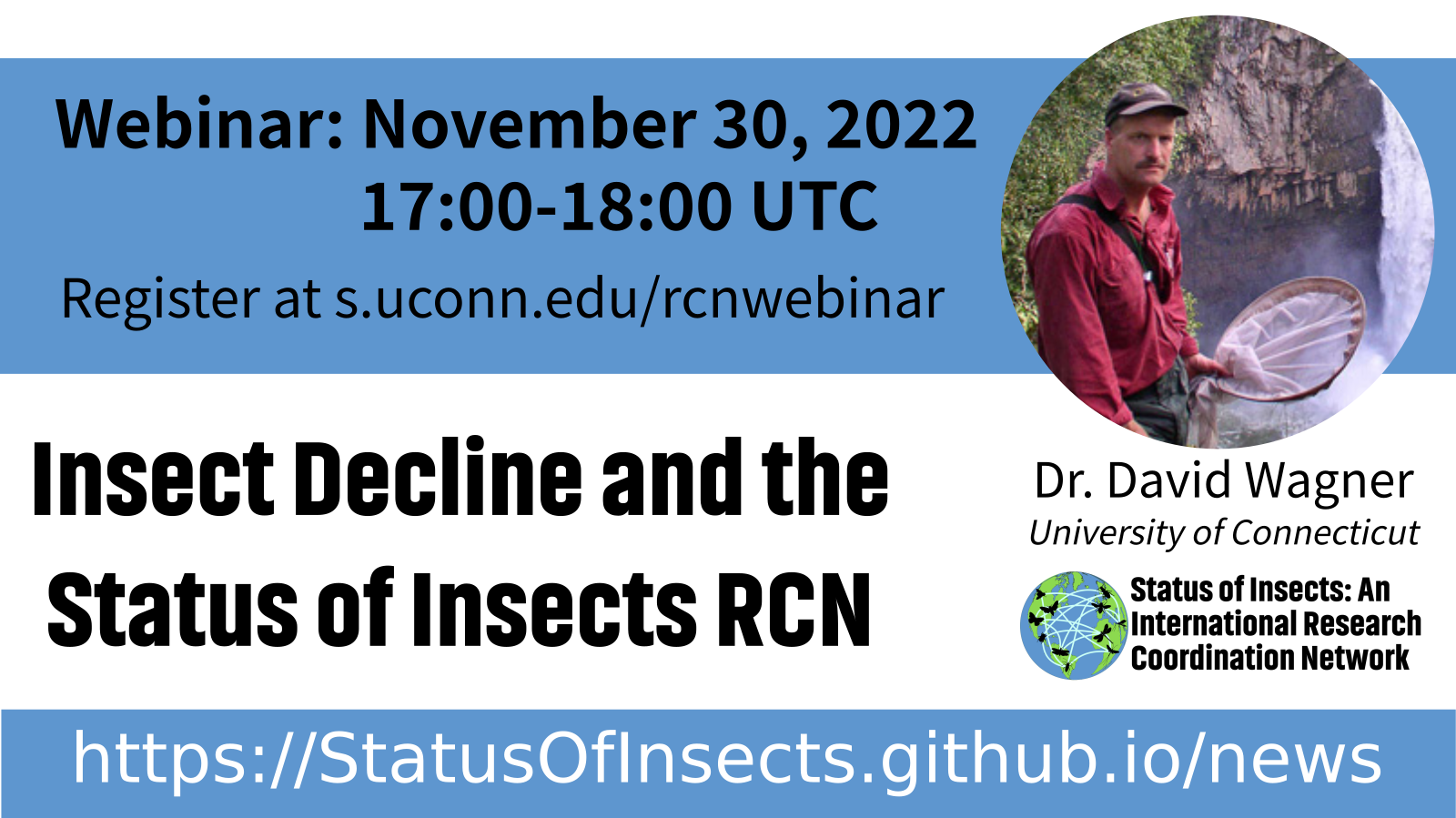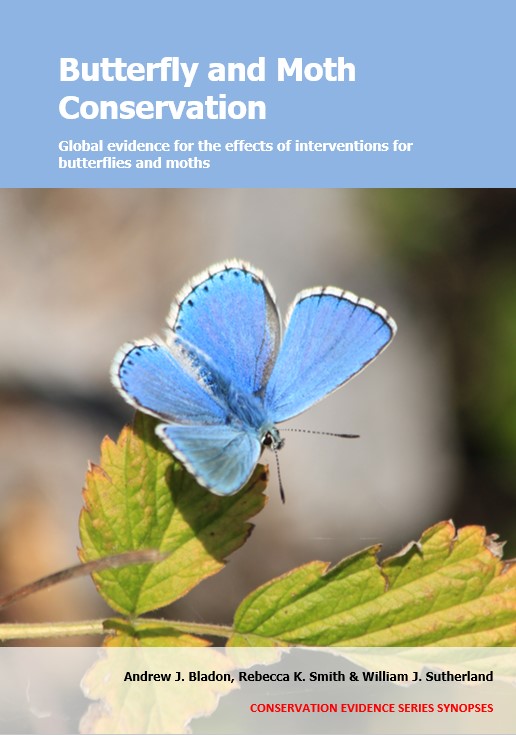NSF funds international research coordination network to tackle insect decline
Storrs, Connecticut – A group of researchers was recently awarded $600,000 by the National Science Foundation to assess the status of insects globally. The funding, awarded to University of Connecticut professor David Wagner and co-investigators, will support an international Research Coordination Network focused on developing the empirical and quantitative tools needed to address one of the largest research challenges in biodiversity science: the insect decline phenomenon.
“We know based on first principles that insects are declining,” says Wagner, explaining the need for the network. “The little things that run the world are having a tough time.” To help understand insect decline, the network will synthesize existing data, identify knowledge gaps, and prioritize future research efforts, but will not collect any new data. “We don’t necessarily need to collect more data to take action,” says Wagner. “We need data to take certain kinds of actions to understand stressors, but we absolutely can act now.”
The core research team, which includes scientists with expertise in data gathering, quantitative analysis, conservation, and evidence-based policy, will build an international network of researchers and practitioners that are interested protecting invertebrate diversity and the invaluable ecosystem services that insects provide. “One of the problems in conservation is that the research community can be very fragmented, with different groups often working separately on related problems,” says co-investigator Chris Elphick, a conservation biologist at the University of Connecticut, “so I’m really excited that this funding gives us the opportunity to bring people together and work on solving this issue.” Over the next five years, this international network will work to gather and analyze the data needed to understand the causes and consequences of insect decline and to prioritize solutions.
Recently, the group met with a small group of collaborators from eight countries at the International Congress of Entomology in Helsinki, Finland, to plan next steps for the network. “It was a really productive meeting,” says co-investigator Jessica Ware, Curator of Invertebrate Zoology at the American Museum of Natural History and current President of the Entomological Society of America. “We spent a lot of time talking to other societies about what they were doing to address insect decline, and it was the topic of conversation in the hallways and at dinners.” Over the course of the five-year award, the RCN will be building out the multinational network—it is especially important to recruit more biologists from tropical nations, which are home to more than 75% of global insect diversity, and forge new collaborations with Southern Hemisphere colleagues. In addition to organizing online international meetings focused on insect decline, the team is planning a series of webinars to share findings widely and increase international participation.
One of the first activities the network will take is to aggregate existing data that can be used to estimate insect population trends and trajectories and understand drivers of decline. The network will build on the existing EntoGEM project, a community-driven synthesis effort led by co-investigator Eliza Grames, a post-doc at the University of Nevada Reno. “One of the challenges with trying to understand insect decline is that the demographic data are scattered,” says Grames. “When we started the EntoGEM project a few years ago to find long-term insect datasets from around the world, people said that there were only a few dozen good examples, but we’ve been finding many and are only about 10% of the way through screening studies with relevant population trend data.” Appropriate studies identified by the EntoGEM project will be added to a publicly available repository to help researchers find insect data for syntheses.
The network will also develop new quantitative tools to analyze long-term insect data and understand drivers of population trends, spearheaded by quantitative ecologist Christie Bahlai from Kent State University. “Insect abundance can fluctuate wildly from year-to-year,” says Bahlai, “and it can take decades to credibly characterize trends. So many things can go wrong when doing analyses and it is important to know how to analyze the data properly or you can reach the wrong conclusion.” In addition to aggregating existing population trend studies and developing new analytical methods, the network will also produce online tutorials and provide training to support researchers working to understand trends and the drivers of insect decline.
Ultimately, the network will assess the status of insects globally and identify the taxa, communities and ecosystems, and regions that are most at risk and in need of conservation action. “Insects can’t vote, but we can be the ambassadors and give them a voice” says Wagner, emphasizing that the coordinated efforts of the network will help guide policy and conservation. The steering committee for the project includes renowned entomologist May Berenbaum, a member of the National Academy of Sciences, and Scott Black, president of the Xerces Society – the largest invertebrate conservation organization in the world.
More information about this ambitious effort can be found at https://statusofinsects.github.io/.


 Last month, researchers with Conservation Evidence, lead by Andrew Bladon, published their 25th synopsis, a global synthesis of evidence for conservation actions for butterflies and moths. Featuring 587 studies testing the effectiveness of 152 possible actions, and reviewed by 20 experts from around the world, the synopsis summarises evidence for the impact of interventions ranging from managing farmland in ways which might benefit insects to restoring degraded habitats, and from restricting chemical and light pollution to translocating extirpated butterflies and moths.
Last month, researchers with Conservation Evidence, lead by Andrew Bladon, published their 25th synopsis, a global synthesis of evidence for conservation actions for butterflies and moths. Featuring 587 studies testing the effectiveness of 152 possible actions, and reviewed by 20 experts from around the world, the synopsis summarises evidence for the impact of interventions ranging from managing farmland in ways which might benefit insects to restoring degraded habitats, and from restricting chemical and light pollution to translocating extirpated butterflies and moths.